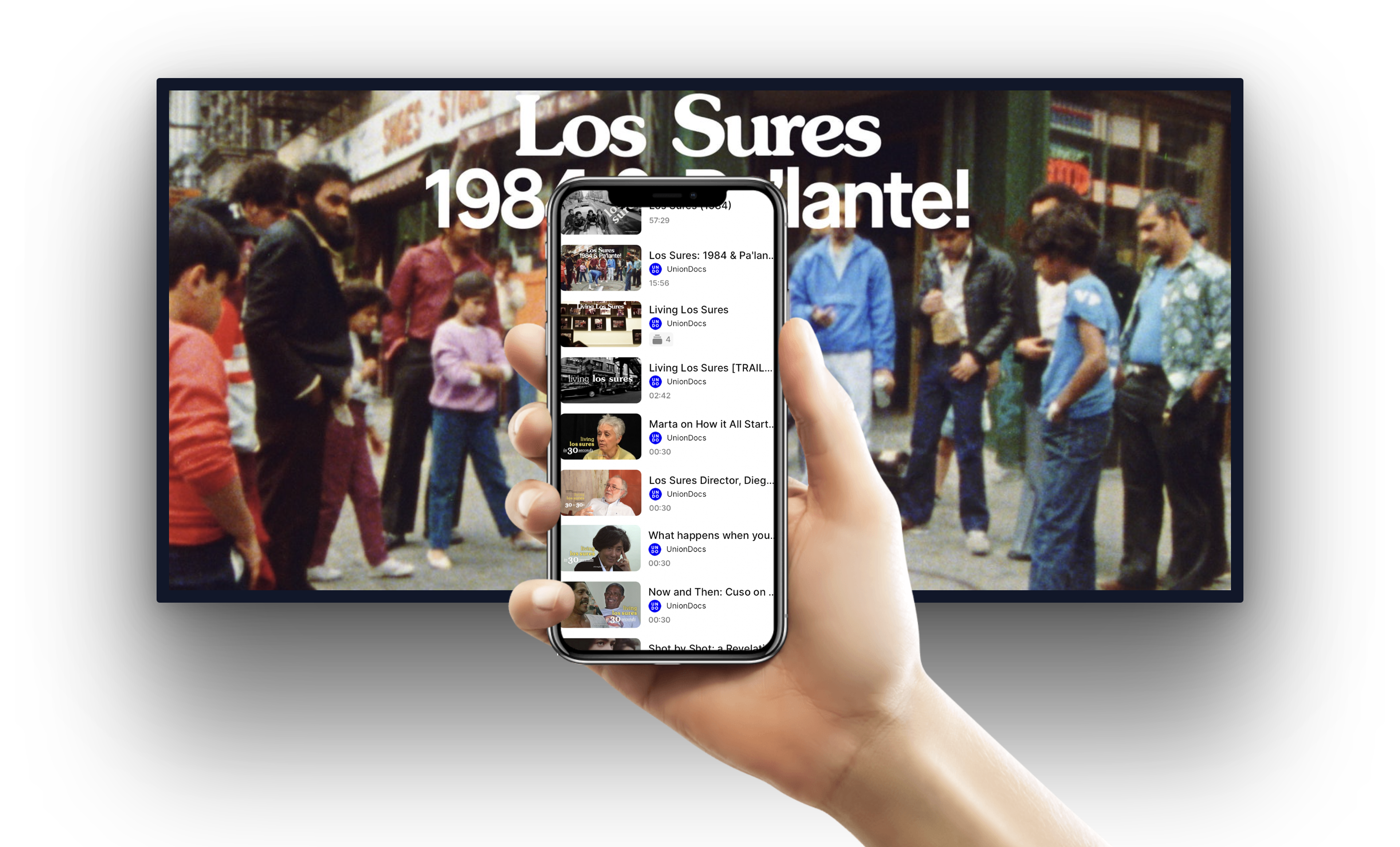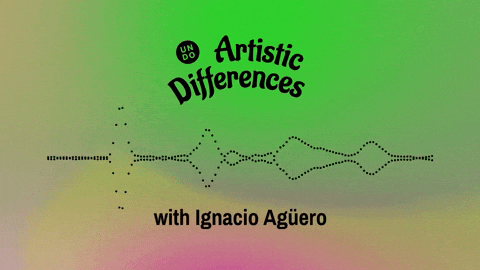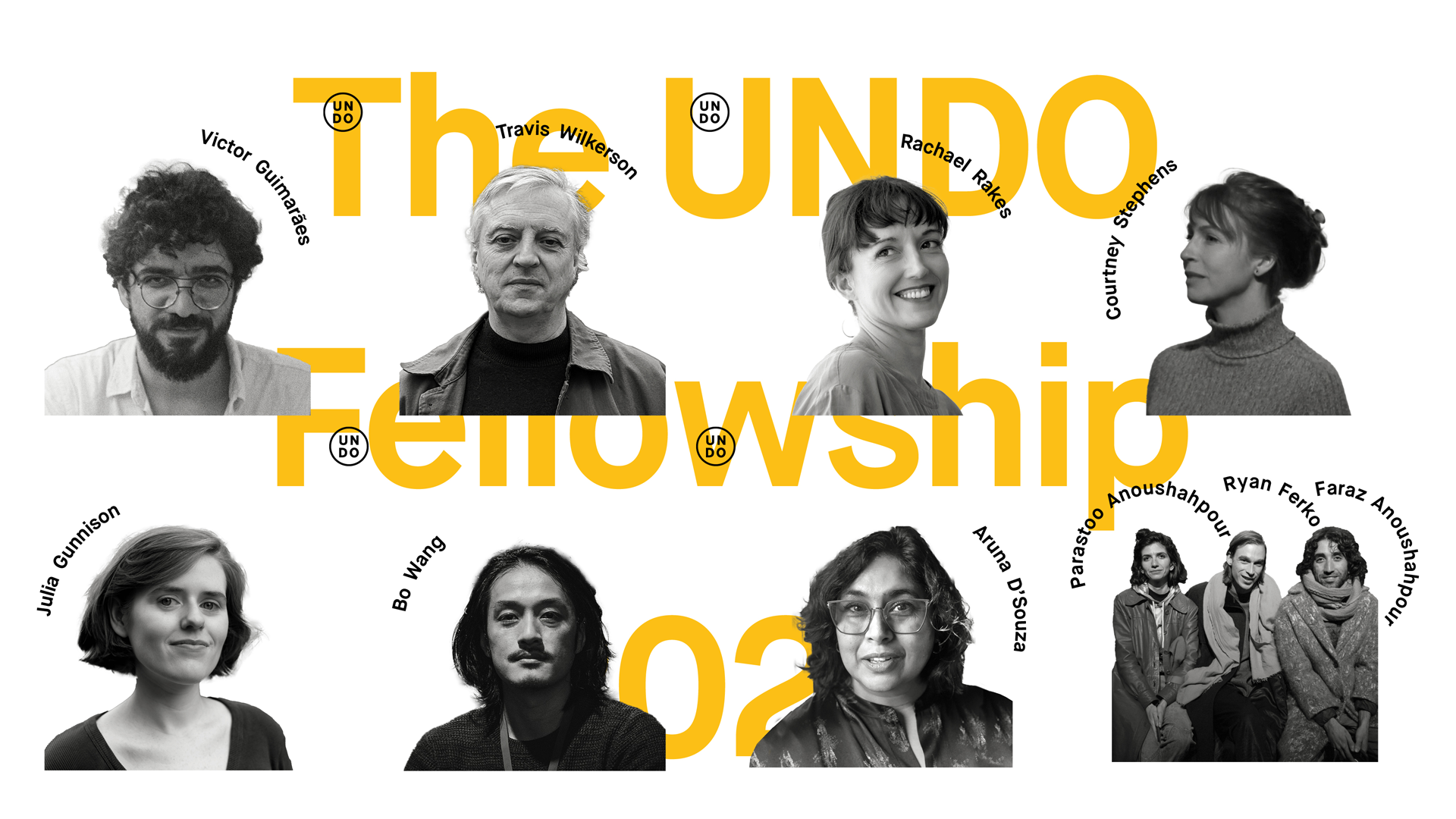Niagara’s Fury, Benjamin R. Taylor, 2013, HD, 27:00
Niagara’s Fury is the study of the transformation that the prying eyes of the tourist inflict upon the world. Something like ethnography or anthropology, the film moves through the seemingly abandoned city that surrounds one of the world’s natural wonders. We watch it, listen to it. Monuments to entertainment, absurd idols and apparatuses sit in the stillness of the day as the waters flow by unabated. The film looks at how we reign the natural world into absurd conceptual frameworks and ponders the reflections of the waters and what they may see in us when gazing back.
I See a Light, Aaron Zhegers, 2011, 16MM and digital found footage, 1:30
A brief glimpse into the final moments of a lifetime. Created from found 16mm, video and audio footage.
11 Parking Lots and One Gradual Sunset, Aaron Zhegers, 2014, 8:28
Both beauty and destruction. Both homage and critique. Sincere insincerity amidst the concrete jungle.
“Nature here is vile and base… I see fornication and asphyxiation and choking and fighting for survival and growing and just rotting away… it’s a land that God, if he exists, has created in anger. It’s the only land where creation is unfinished yet. Taking a close look at what’s around us here, there is some sort of a harmony…”
Terroir, Shannon Harris, 2012, 6:45
Roughly translated terroir can mean a sense of place and coming from a place. This piece is an image/sound portrait of a personal geography as well as formal investigation of digital media. Captured entirely on a cell phone, the camera records a landscape in constant motion and disintegration. This fluctuating image is married to a sound-scape that grasps for connection that reaches over distance. It is generated from the messages left by friends and loved ones on my cellphone over the course of several years. The raw material of both image and sound come from the same place, the cell phone, which I use to record the environment around me as I move across the Canadian landscape. Rarely does one stay where one is born, we move, modern life almost necessitates it. This piece explores notions of communication and distance, technology and intimacy.
Lacuna, Shannon Harris, 2008, 9:40
Lacuna: 1. an empty space or a missing part; a gap; an absence. 2. a discontinuity in an anatomical structure.
Different textures of grief and acceptance emerge and the camera eye becomes a lens into the interior. Space is inhabited by memory; memory becomes a gesture that seeks the past. Lacuna is a poetic meditation that navigates a landscape of absence, memory and transformation though image and sound.
The process of shooting and editing this film was an intuitive one that was very attached to the process of working through a loss. In the summer of 2007 my mother died suddenly and unexpectedly from cancer. My connection to her is strong; it is one between mother and daughter and between place and home. This film is an image/sound poem as well as a document of the experience and grief of the loss of my mother.
Fracas, Eduardo Menz, 2007, Digital8, 4:30
The juxtaposition of children’s school portraits with the anxious voices of an elementary spelling bee reveals a haunting reality of innocence that has vanished. In this experimental documentary, Eduardo Menz repurposes found images with great effect to create an emotionally compelling montage that lingers long after the film ends.
Las Mujeres de Pinochet (Les Femmes de Pinochet / Pinochet’s Women), Eduardo Menz, 2005, Hi8, 12:00
In this experimental short, the viewer is forced to role-play through the repeated employment and alteration of the text, sound and image until his or her expectations have been truthfully realized. The video examines class structure, the meaning of beauty and forgotten history through two very different but significant women during Pinochet’s brutal regime of the late 1980’s.
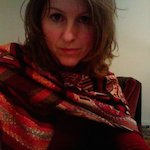 Shannon Lynn Harris is an artist whose film and digital work reflect a creative practice rooted in personal experience. She is interested in the intersection of documentary, avant-garde film and video practices as well as the potential of expanded notions of documentary. She is currently based in Montreal, Canada and originates from Vancouver, British Columbia.
Shannon Lynn Harris is an artist whose film and digital work reflect a creative practice rooted in personal experience. She is interested in the intersection of documentary, avant-garde film and video practices as well as the potential of expanded notions of documentary. She is currently based in Montreal, Canada and originates from Vancouver, British Columbia.
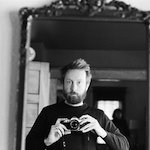 Benjamin R. Taylor is a filmmaker working in experimental and documentary forms. His work focusses on geography, architecture, nature and spirituality.He is the curator of the monthly experimental documentary screening series Visions in Montréal. His works have been presented in festivals and galleries in Canada, Europe, Asia and Australia.
Benjamin R. Taylor is a filmmaker working in experimental and documentary forms. His work focusses on geography, architecture, nature and spirituality.He is the curator of the monthly experimental documentary screening series Visions in Montréal. His works have been presented in festivals and galleries in Canada, Europe, Asia and Australia.
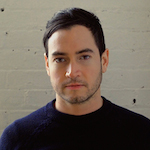 Eduardo Menz was born in 1977 in Edmonton, Alberta, Canada from Chilean descent and has called Montreal home for the past nine years. Eduardo completed his BFA in film production at Concordia University in 2006. He is a member of the Double Negative Collective who showcase international experimental filmmaker’s works as well as exhibit their own films and videos at numerous festivals locally and worldwide. Eduardo’s film work has always attempted to transgress and interweave the boundaries of what defines fiction, documentary and experimental film genres. Eduardo has also been the fortunate recipient of several federal and provincial media grants for his writing and film work. His films & videos have won awards at Big Muddy in Illinois, NextFrame Touring Film Festival in the U.S., Les Rendez-Vous du Cinema Quebecois in Montreal, Hot Docs and Images Festival in Toronto and have been shown at several distinguished festivals worldwide.
Eduardo Menz was born in 1977 in Edmonton, Alberta, Canada from Chilean descent and has called Montreal home for the past nine years. Eduardo completed his BFA in film production at Concordia University in 2006. He is a member of the Double Negative Collective who showcase international experimental filmmaker’s works as well as exhibit their own films and videos at numerous festivals locally and worldwide. Eduardo’s film work has always attempted to transgress and interweave the boundaries of what defines fiction, documentary and experimental film genres. Eduardo has also been the fortunate recipient of several federal and provincial media grants for his writing and film work. His films & videos have won awards at Big Muddy in Illinois, NextFrame Touring Film Festival in the U.S., Les Rendez-Vous du Cinema Quebecois in Montreal, Hot Docs and Images Festival in Toronto and have been shown at several distinguished festivals worldwide.
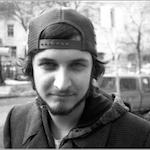
Aaron Zeghers is a Winnipeg-based artist working in film and video. He often works with analogue mediums (super 8 & 16mm), found footage and experimental processes. He is a founder of the closed City Cinema collective and the Winnipeg Underground Film Festival. Zeghers’ films have played in marginalized venues the world around.



